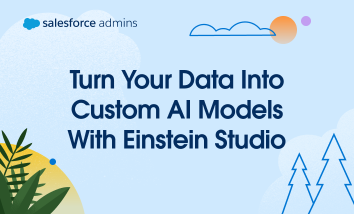Data Cloud provides the ability to integrate multiple sources of data and create your own data lake to use with AI. However, having access to a myriad of potential sources means we also have an array of ways to authenticate against them. Authentication patterns have flourished over the years of web development to help keep […]








